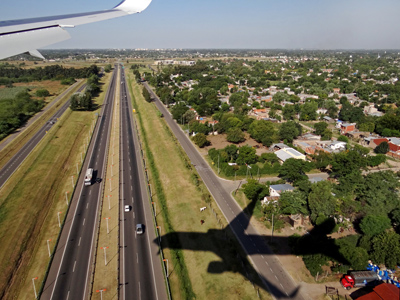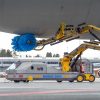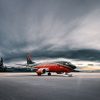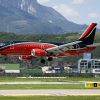 During the last few years, the aviation industry in Latin America has been subject to impressive growth rates. Currently operating a total of nearly 1 600 aircraft, Latin American airline fleets have expanded substantially during the last years, and are expected to grow by another thousand aircraft in another decade, TeamSAI projects. However, while new aircraft and constantly rising demand spell good news for operators, this appears to not be the case for maintenance providers.
During the last few years, the aviation industry in Latin America has been subject to impressive growth rates. Currently operating a total of nearly 1 600 aircraft, Latin American airline fleets have expanded substantially during the last years, and are expected to grow by another thousand aircraft in another decade, TeamSAI projects. However, while new aircraft and constantly rising demand spell good news for operators, this appears to not be the case for maintenance providers.
For the past 10 years Latin America’s performance in the aviation industry has been more than satisfactory. According to IATA, over the next decade air traffic within the region is to increase by an average of 7% annually, which would put Latin America on about the same growth trajectory as China.
Needless to say, as competition among the carriers has intensified along with the traffic, so has the demand for the most efficient aircraft. As a result, the region’s fleet has grown significantly, while its average age has been reduced by more than 40%, now standing at 9.5 years. Nevertheless, the statistical data shows some of the regional carriers have actually been expanding their fleets at a pace that the industry is not training enough new mechanics or building new hangars to cope with.
“Considering the impressive traffic figures and new aircraft deliveries, the aviation market in Latin America is undoubtedly highly promising. However, we also have to take into  account that a large share of the aircraft delivered to the region are new generation machines, the maintenance of which relies on new technologies, materials and inspection approaches. Therefore, while the growing demand will mean more business for the local MROs, it also means technical training remains an on-going challenge that requires continuous investment,” shares Kestutis Volungevicius, the Head of Engineering and Training at FL Technics.
account that a large share of the aircraft delivered to the region are new generation machines, the maintenance of which relies on new technologies, materials and inspection approaches. Therefore, while the growing demand will mean more business for the local MROs, it also means technical training remains an on-going challenge that requires continuous investment,” shares Kestutis Volungevicius, the Head of Engineering and Training at FL Technics.
Certainly, importing foreign technicians could solve the problem. However, according to Mr. Volungevicius, this is only a short-term option, as its expenses simply negate the cost advantages that make MRO shops in developing regions attractive, – an especially important aspect, since the considerably cheaper labour has been among the factors, which allowed Latin American MROs to win a number of contracts with North American carriers.
In the meantime, another challenge the local industry is currently facing is the shift towards operating more Airbus aircraft. For instance, with more than 300 aircraft, the Latam Group’s narrow-body fleet alone is comprised mostly of the Airbus A320 family, while it plans to replace its A330s, Boeing 767s and Boeing 777s with Boeing 787s and A350s. Not to mention the orders for 62 A320neos put forward by Azul, or the fleet of Volaris – two of the region’s major LCCs. In the meantime, the country’s old mechanics, who have mostly worked on Boeing aircraft for 20 years, have yet to be trained on a completely different technology.
“As the region is expected to need about 44 000 new technicians in the next 20 years, it is clear that ensuring appropriate supply of qualified workforce is becoming an increasingly tough cookie to crack for the local providers. Meanwhile, only skilled local staff can ensure the quality, fast turnaround times and lower costs needed to attract airline customers. To solve the issue local airlines and governments need to promote aviation training and education among young people, as well and offer the necessary infrastructure to provide it. While it does involve huge investments, it seems to be the only way to go,” concludes Kestutis Volungevicius, the Head of Engineering and Training at FL Technics.





